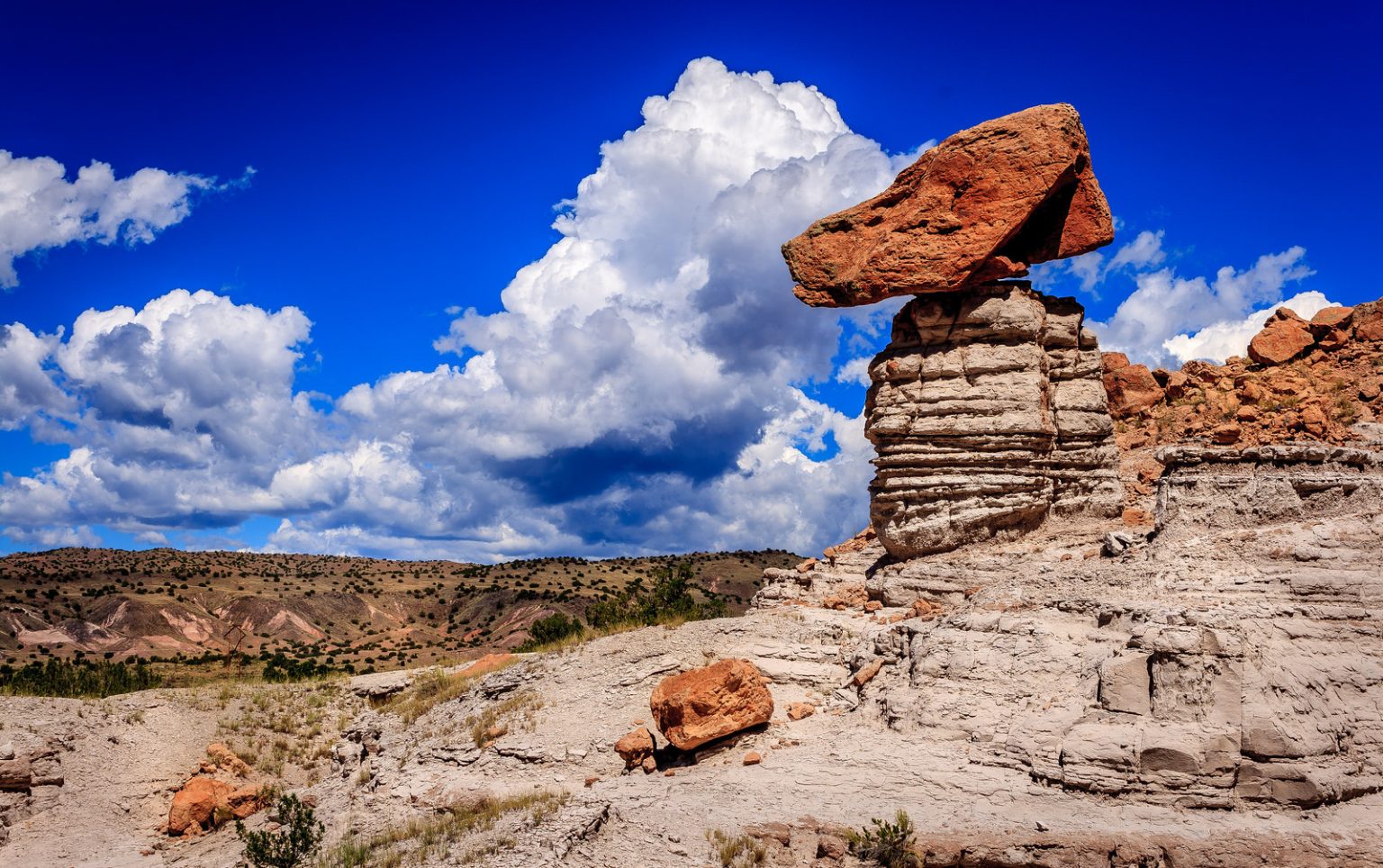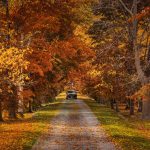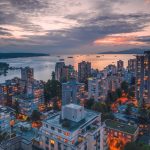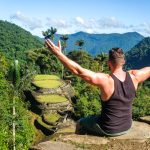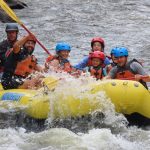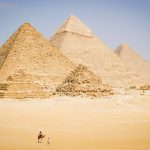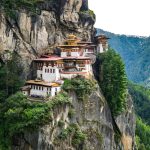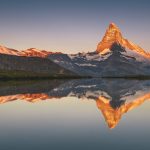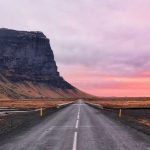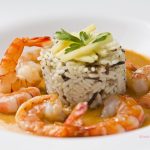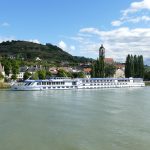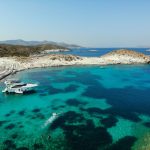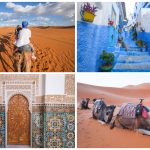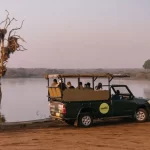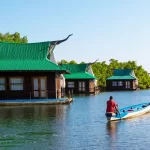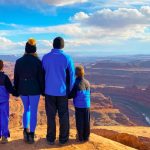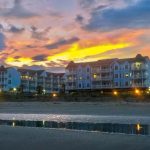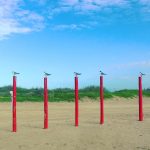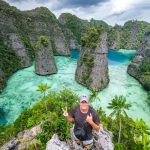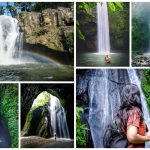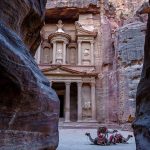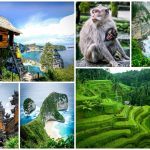For years, I thought traveling across the United States felt a bit… predictable. The same radio stations, the same chain restaurants, the same movie theaters playing the same blockbusters. America, I thought, lacked the eccentric energy of Thailand, the raw mysticism of India, or the timeless artistry of Italy. But I was wrong.
The truth is, the real America—quirky, bold, and quietly profound—is just hiding off the main highway. You won’t find it in glossy magazines or Instagrammable cityscapes. It waits for you beyond the strip malls and freeway exits, along winding two-lane roads that hug rivers, cut through quiet valleys, and lead to places where the pavement ends.
That’s where America gets interesting.
People on the Edge of the Map
The further you get from the noise, the more unusual things (and people) get. At first, it might feel a little uncomfortable. The locals don’t speak like you, live like you, or think like you. They might seem odd—or maybe just radically free. Artists, bikers, hippies, quiet philosophers. People who chose to step off the grid, to build lives that defy the generic. Conversations stretch longer. Thoughts go deeper. You start to realize: different isn’t bad. It’s essential.

The Colors of the Southwest
The landscapes in the Southwest don’t just speak—they shout. Massive mesas, red rocks striped with color, impossibly blue skies. We based ourselves in Taos, New Mexico, where for a month we explored what felt like an entirely different America. We followed the mesa west to Abiquiú, drawn by the legacy of Georgia O’Keeffe and the breathtaking stillness of Ghost Ranch.
We drove into Santa Fe, the nation’s smallest and highest state capital, where adobe buildings are not just tradition—they’re law. Art is everywhere. Canyon Road alone has over 200 galleries. It felt like walking through a living museum.
In Taos Pueblo, continuously inhabited for over 1,000 years, we caught a glimpse of enduring Native culture, still alive, still sacred. We were lucky to visit during one of its quieter moments—one final, powerful chapter in our New Mexico immersion.
The Open Road: Route 66 to the Desert
As winter crept into Taos, we chased warmth westward. Rather than head to the glitz of L.A. or the polish of Palm Springs, we followed the path of wanderers: Route 66, from Albuquerque through northern Arizona into Southern California.
Lunch at El Rancho Hotel in Gallup, a stop in Winslow (yes, that corner from the Eagles song), and a night in Williams, the last outpost before the Grand Canyon, where tourists from around the world filled every hotel and café.
Past Lake Havasu, with its transplanted London Bridge, and down the blue ribbon of the Colorado River, we entered the stark magic of the Mojave Desert. Mountains. Mirages. Empty beauty. Just us, the road, and the occasional freight train.

Joshua Tree: Where Dreams Get Dusty
Joshua Tree, California. Just two hours from L.A. and a world apart. Here, in the high desert, is a strange convergence of artists, climbers, Marines, retirees, wanderers, and yes, a few oddballs. It’s not what most picture when they hear “Southern California”—and that’s what makes it perfect.
We settled into a small cabin at the edge of Joshua Tree National Park. The timing was right—summer’s heat had faded, and the desert nights turned cool and clear. We spent our first week hiking through hidden valleys, massive granite boulders, and forests of the otherworldly trees that give the park its name.
Daylight is cinematic. Sunsets are symphonies. At night, the stars feel close enough to touch. Wildlife is everywhere—bighorn sheep, foxes, tortoises, and, yes, snakes. The land breathes. The rocks glow at sunrise. Every moment feels carved out of something sacred.
Where the Ordinary Ends
The people here are welcoming, kind, and refreshingly real. There’s art and music in the air—gatherings that feel like home, even if you’ve just arrived. We came looking for something different, and we found it. Not in Europe or Asia, but in the desert stretches of our own backyard.
Sometimes, to find the magic, you just have to follow the road until it runs out.



